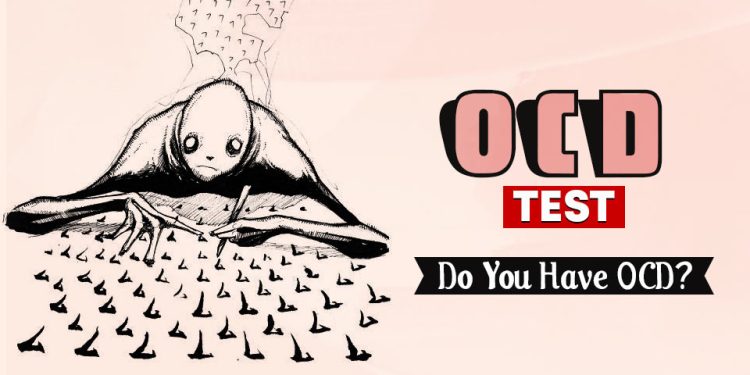OCD may be characterized by repeated, intrusive feelings, or a feeling of being obligated to perform these actions. You can use this free test to learn more about the disorder and decide whether you have symptoms.
Learn More About OCD
A common and chronic mental health condition, obsessive-compulsive disorder (OCD) involves obsessive thinking, compulsive behavior, or both.
As a result of this mental illness, the sufferer experiences unwanted and uncontrollable sensations and thoughts, called obsessions, and repetitive, irrational actions and behaviors, called compulsions. A person with OCD can be any age and come from any background. It is common for people with this condition to be aware of their illogical obsessions and compulsions, but unable to prevent themselves from engaging in them. Obsessive-compulsive disorder can affect all facets of life, including work, social activities, and personal relationships. As a result of obsessive thoughts, a person engages in repetitive activities. Compulsions are the repetitive activities that the person engages in as a result of their obsessive thoughts. Symptoms of obsessive-compulsive disorder are erratic. They come and go, but become more severe if left untreated.
It is believed that genetic, psychological, social, and physical factors may combine to cause OCD, even though its exact cause is unknown. OCD can significantly interfere with your daily activities if left untreated. Treatment and medication can significantly reduce symptoms and allow a person with this condition to live a normal, healthy life.
Instructions For Taking OCD Test
A list of questions that relate to life experiences common to people with OCD is provided below. In the past few months, how often have you experienced the same or similar challenges? Click here to take the test.
(Credits: Mind help)
Understanding and acceptance of our feelings help us balance our emotional wellness.
Join us as we share related topics for you to know what’s behind the science of what’s going on with your emotions, click here.
Since you’re here, why not read:




























